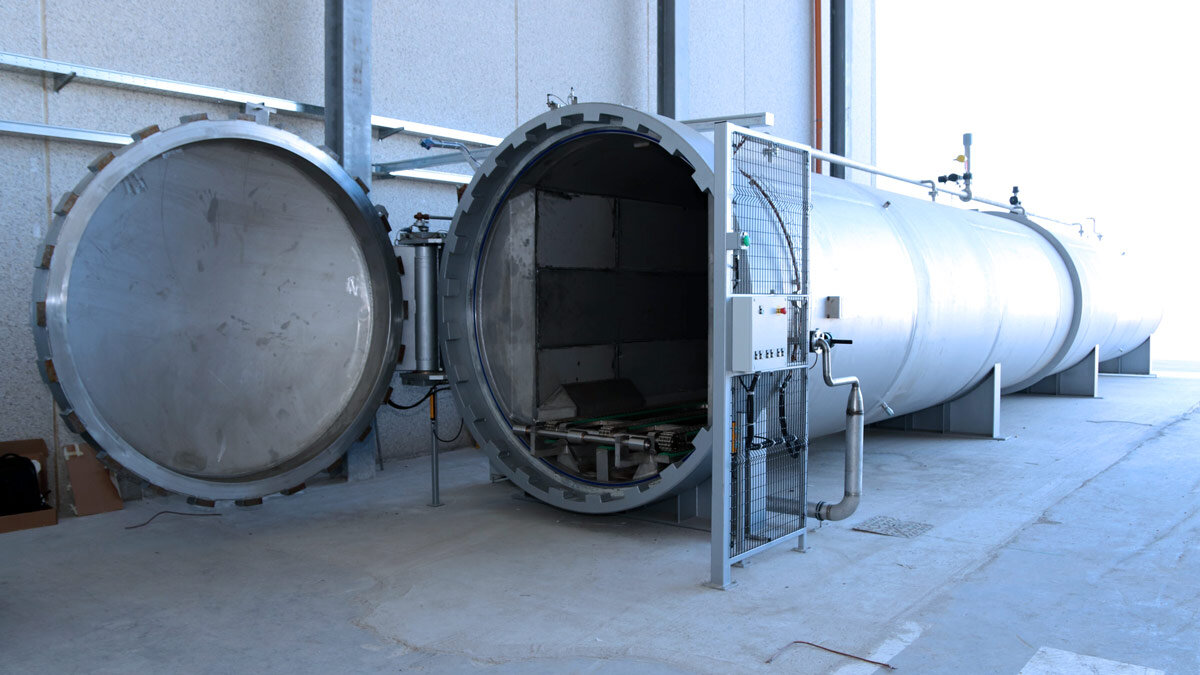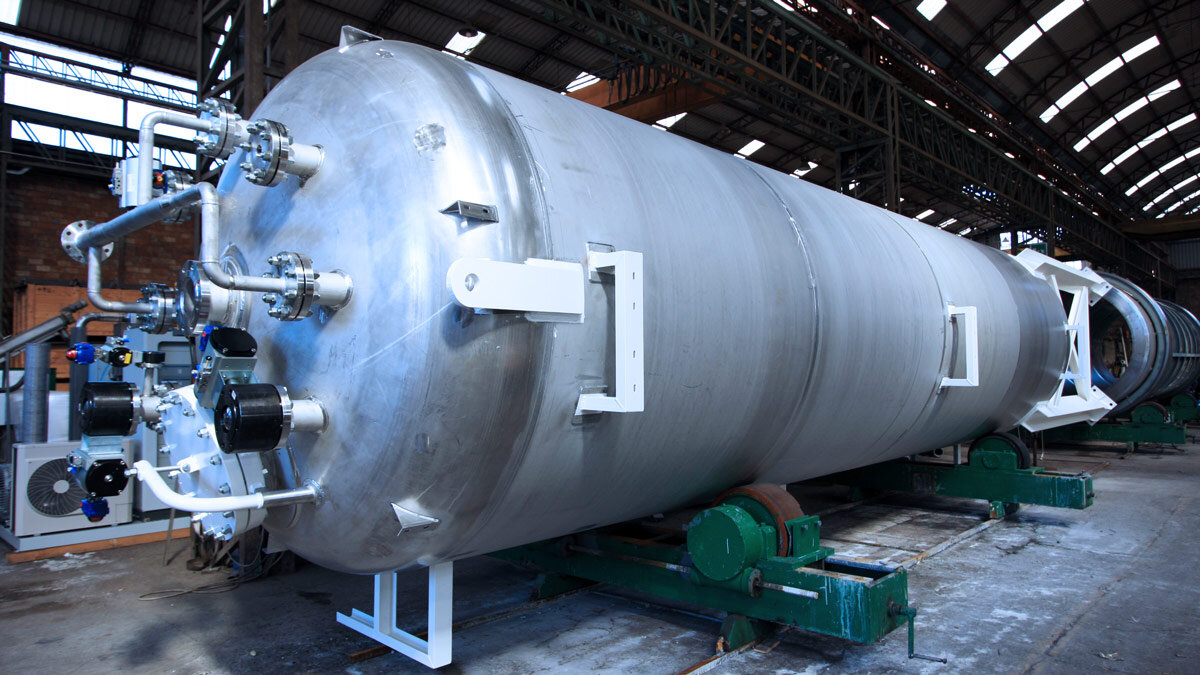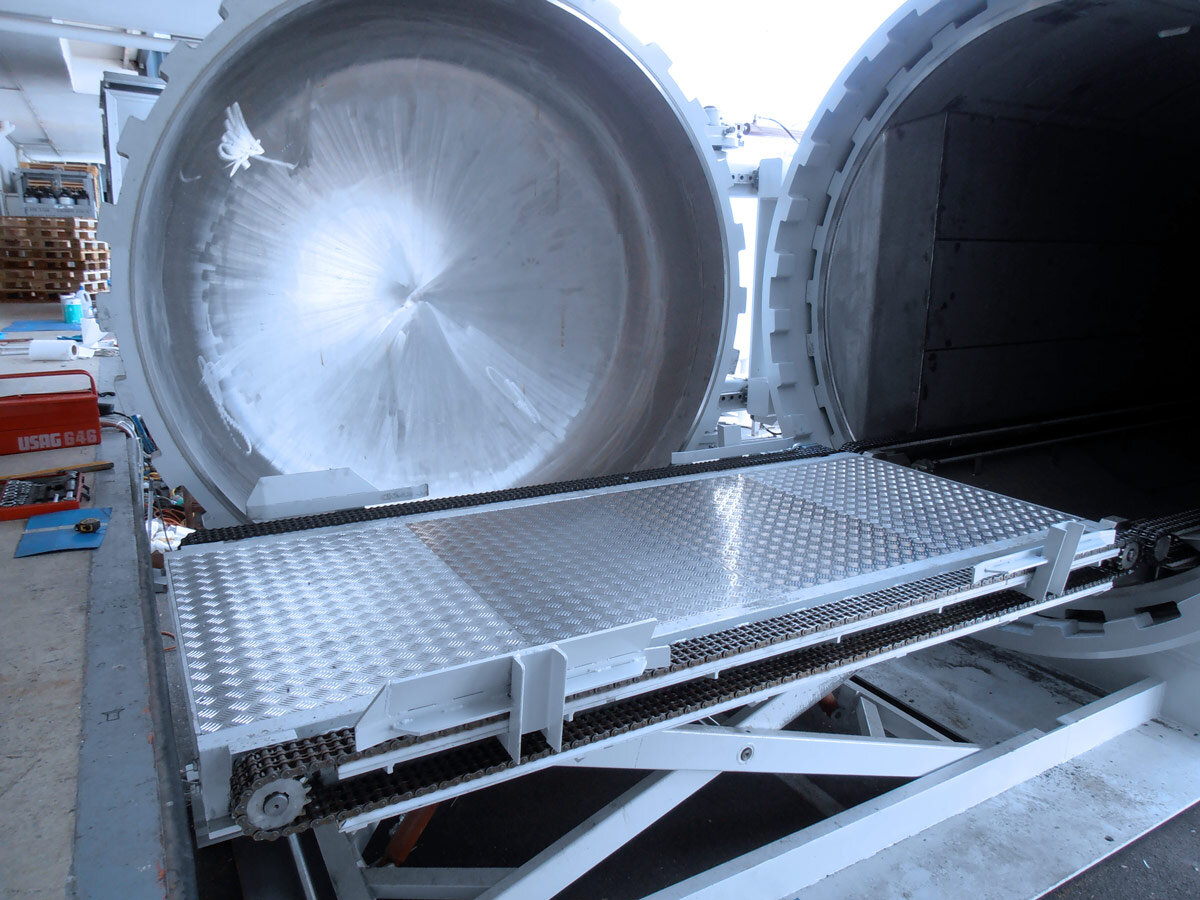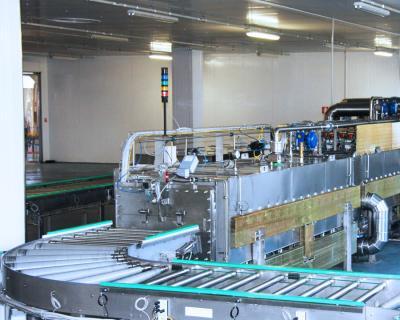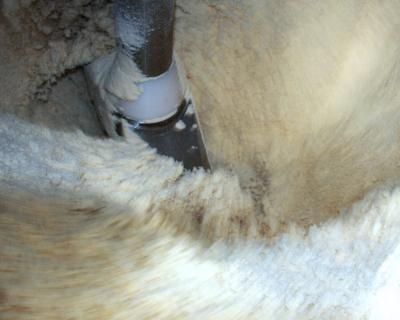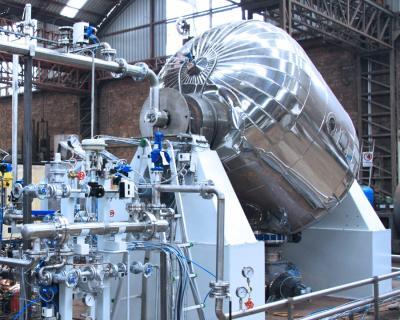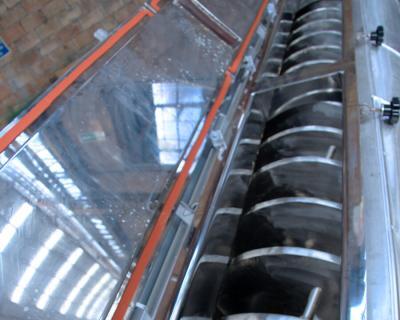CO2 fumigation (disinfestation)
Benefits of the CO2 fumigation disinfestation system:
• suitable for a wide range of products such as grains (rice, barley, oats, wheat, corn), spices, dried fruit, animal foods, medicinal herbs, medicines, cocoa
• completely non-toxic, it leaves no traces, it does not modify the product
• it respects the environment
• greater safety for employees thanks to high efficiency and ease of management
Project description
Legumes disinfestation plant
Project details
Industry: Food industry
Project description
Rice disinfestation autoclave
Project details
Settore: Alimentare
Project description
Disinfestation fo foodstuff, grains and dry fruit
Project details
Industry: Food industry
The ban on multiple fumigants and pesticides such as bromomethane and phosphine, which has happened over the last few years, has raised interest in the use of modified atmospheres through natural gases with the aim of eradicating and preventing insect, larva, egg infestation in food stored in warehouses. The market’s and consumers’ increased sensitiveness to more natural (bio) products introduces a new element in the analysis of the benefits of CO2 biological fumigation system.
In addition to the adult state of pupa and larva, CO2 also allows to inhibit within a short space of time the egg that have been laid in depth thanks to the ability to penetrate superficial layers.
The system matches the functions of:
• VOID: to create the neutral environmental conditions to be able to proceed with fumigation
• CO2 (natural biocide): it acts through suffocation/dehydration by altering the breathing processes of organisms
CO2 Emissions
The use of non-synthetic CO2 – extracted from the subsoil – has to be considered as a technological coadjuvant and after releasing its disinfesting effect it is released unchanged in the air. The use of this CO2 which is released in the air IS NOT AN EMISSION IN THE AIR THAT IS SUBJECT TO REGULATIONS OR AUTHORISATION REQUESTS, as it is not the result of a combustion or waste produced by the user company, but it is a necessary element in disinfestation which is purchased – exactly the same as liquid CO2 – used and released in the air.
 English
English Italian
Italian